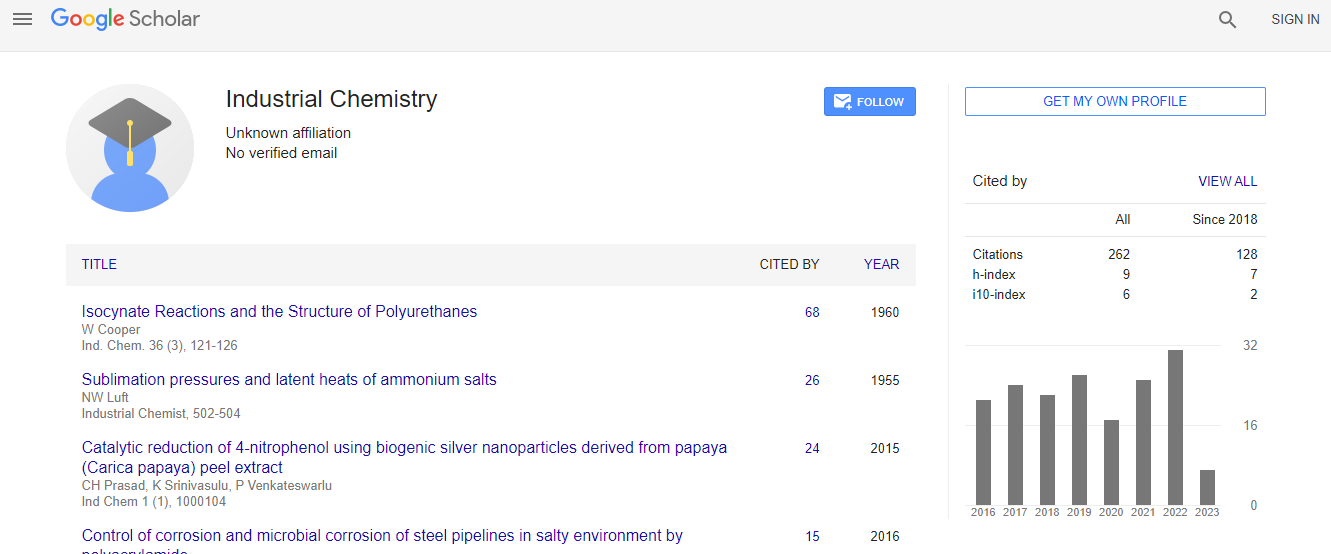Research Article
A Laboratory Study for the Treatment of Turbidity and Total Hardness Bearing Synthetic Wastewater/Ground Water Using Moringa oleifera
Sasikala S and Muthuraman G*
Department of Chemistry, Presidency College, University of Madras, Chennai, Tamil Nadu, India
- *Corresponding Author:
- G. Muthuraman
Department of Chemistry, Presidency College
University of Madras, Chennai-600 005, Tamil Nadu, India
Tel: +9104428544894
Fax: +9104428510732
E-mail: raman.gm@gmail.com
Received date: December 22, 2015; Accepted date: January 12, 2016; Published date: January 17, 2016
Citation: Sasikala S, Muthuraman G (2016) A Laboratory Study for the Treatment of Turbidity and Total Hardness Bearing Synthetic Wastewater/Ground Water Using Moringa oleifera. Ind Chem 2:112. doi:10.4172/2469-9764.1000112
Copyright: © 2016 Sasikala S, et al. This is an open-access article distributed under the terms of the Creative Commons Attribution License, which permits unrestricted use, distribution, and reproduction in any medium, provided the original author and source are credited.
Abstract
The coagulation performance of Moringa oleifera act as natural macromolecular coagulant was studied by the jar test. The Moringa oleifera coagulation attained comparatively high turbidity removal efficiency and water with turbidity less than 5 NTU could be obtained from 100 to 500 NTU. The ground water sample was collected from Chennai, Chepauk. The water sample containing bicarbonate (HCO3), Calcium (Ca2+) and Magnesium (Mg2+) hardness. The Moringa oleifera seed powder and Moringa oleifera (MO) that was extracted with 0.5M Sodium chloride solution (MO - NaCl) was used to reduce the turbidity and hardness of the ground water sample. Maximum reduction of hardness was attained at basic pH 8-11. The adsorption equilibrium was attained at short contact time of 2 hrs maximum uptake of hardness was 76 mg/l. The flocs formed using Moringa oleifera were observed to be bigger and to sediment faster when compared with flocs formed using alum. Moringa oleifera sludge volume produced was less than other methods. The comparison to the surface morphology structure of dried seed powder and total suspended solids were also studied.

 Spanish
Spanish  Chinese
Chinese  Russian
Russian  German
German  French
French  Japanese
Japanese  Portuguese
Portuguese  Hindi
Hindi 